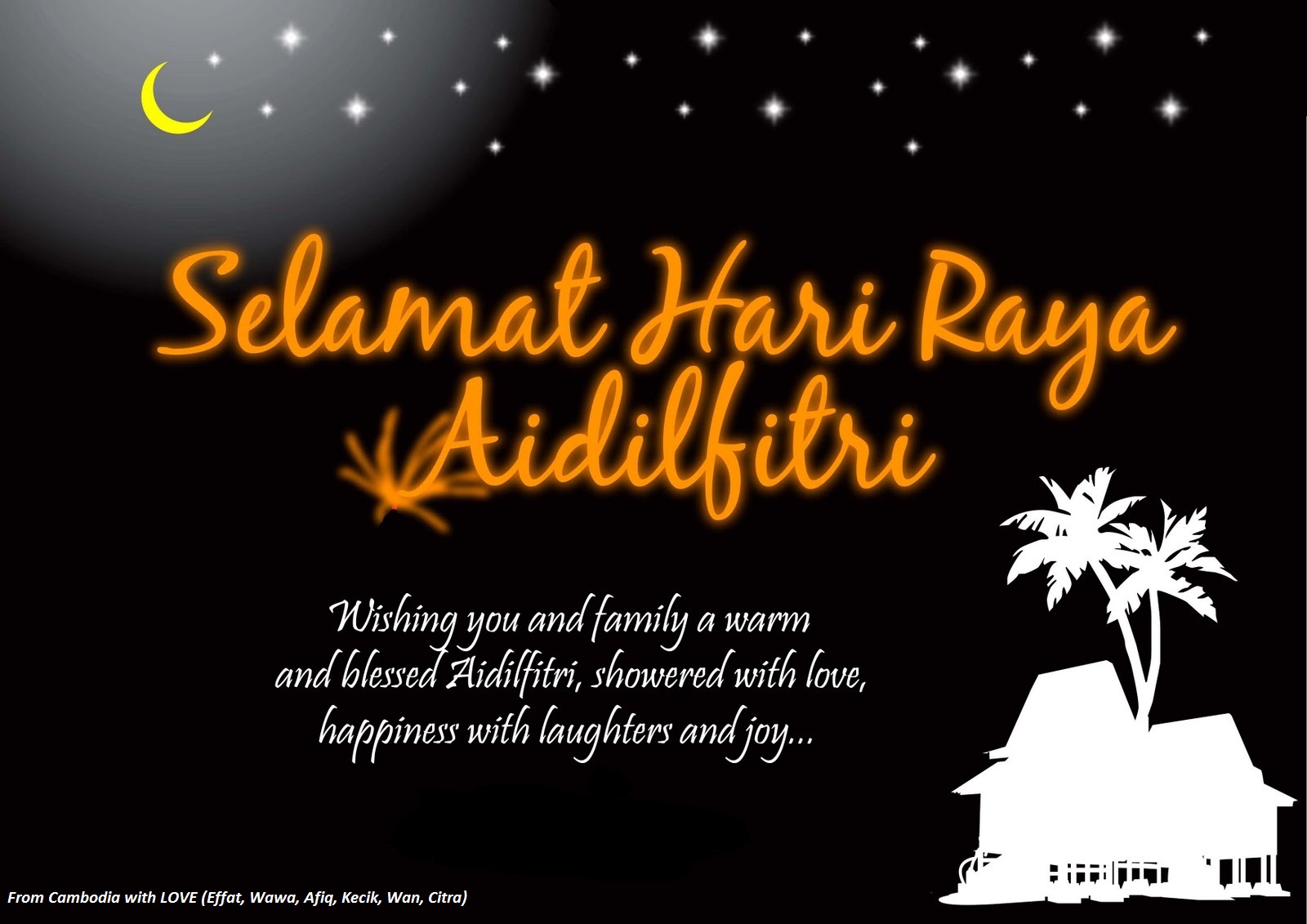Beyond 'Selamat Hari Raya': Unpacking the Nuance in Malay Aidilfitri Wishes
As the crescent moon heralds the end of Ramadan's spiritual journey, a wave of joyous greetings sweeps across communities celebrating Eid al-Fitr. While the essence of this festive occasion transcends borders, the linguistic tapestry woven through each "Selamat Hari Raya" wish adds a unique cultural richness, especially in the Malay language.
Far from a simple holiday greeting, wishing someone "Selamat Hari Raya Aidilfitri" in Malay encompasses a deeper cultural significance. It's an acknowledgment of shared traditions, a celebration of forgiveness and renewal, and a testament to the enduring strength of community bonds. The beauty lies not just in the words themselves, but in the nuanced expressions that add layers of meaning, reflecting the depth of Malay cultural heritage.
Imagine receiving a heartfelt "Maaf Zahir dan Batin" alongside the standard "Selamat Hari Raya." This traditional addition translates to "I seek forgiveness outwardly and inwardly," encapsulating the Islamic spirit of reconciliation and self-reflection integral to Eid al-Fitr. This emphasizes the importance of mending broken relationships and seeking forgiveness for any transgressions, intentional or otherwise.
Delving further, one discovers a spectrum of well-wishes tailored to different relationships and contexts. For elders, a respectful "Selamat Hari Raya, mohon maaf lahir dan batin" conveys deference and acknowledges their wisdom. Among peers, playful variations like "Selamat Hari Raya, makan ketupat jangan lupa rendang!" (Happy Eid, don't forget the rendang with your ketupat!) inject humor and camaraderie into the celebration.
These nuanced expressions highlight how language becomes a vehicle for cultural transmission, preserving traditions and strengthening intergenerational connections. Understanding the subtle variations in Malay Eid greetings goes beyond mere translation; it unlocks a door to appreciating the cultural richness embedded within the Malay community's celebration of Eid al-Fitr.
Beyond the festive delicacies and vibrant festivities, the true heart of Hari Raya Aidilfitri lies in the spirit of unity, forgiveness, and gratitude. By embracing the depth and beauty of Malay greetings, we open ourselves to a richer understanding of this joyous occasion and the cultural heritage it embodies. So, this Eid, let's go beyond a simple "Selamat Hari Raya" and explore the tapestry of meaningful expressions that truly capture the spirit of this special time.
Advantages and Disadvantages of Using Varied Selamat Hari Raya Aidilfitri Wishes in Malay
| Advantages | Disadvantages |
|---|---|
| Demonstrates cultural sensitivity and respect. | Potential for misinterpretations or cultural faux pas if not used correctly. |
| Strengthens relationships by acknowledging shared cultural values. | May require additional effort to learn and understand appropriate usage. |
| Enriches communication and fosters deeper connections. | Limited applicability outside of Malay-speaking communities. |
This Hari Raya Aidilfitri, let's celebrate the richness of Malay culture and language by going beyond the conventional "Selamat Hari Raya." Embrace the diverse expressions, understand their nuanced meanings, and forge deeper connections within our communities.
Unlocking quarterback potential navigating fantasy football week 9
Unlock your rides hidden strength decoding towing capacity by vin
Crafting the perfect patty a deep dive into robloxs best burger games














